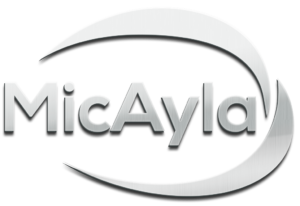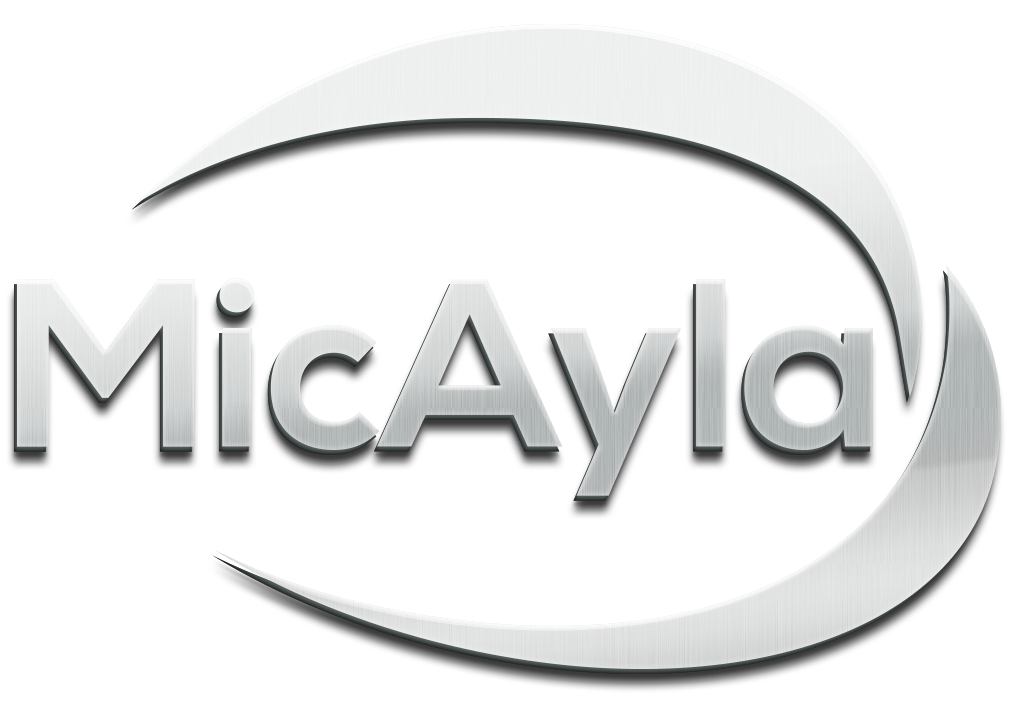Project scheduling is a crucial aspect of project management that ensures the timely completion of projects while staying within the allocated budget. However, project scheduling can be a complex and challenging task, requiring a deep understanding of the project scope, resources, and timelines. To help you create an effective project schedule, we have compiled some of the best project scheduling practices from industry experts. By following these best practices, you can streamline the project scheduling process and ensure the success of your projects.
Importance of Project Scheduling Best Practices
Project scheduling best practices help you to create a well-structured project plan that outlines the project scope, timelines, and resources required. Effective project scheduling practices enable you to:
- Improve Planning: By following project scheduling best practices, you can create a detailed project timeline, which allows you to plan and allocate resources more effectively, thus reducing the risk of delays and overbooking of resources.
- Enhance Communication: Project scheduling best practices facilitate communication among team members, stakeholders, and subcontractors by providing a centralized platform for sharing project updates and timelines. This improves the coordination of tasks and reduces the likelihood of misunderstandings.
- Better Resource Management: Following project scheduling best practices allows you to track the availability of personnel, equipment, and materials in real-time, thus helping you to allocate resources more efficiently.
- Increase Productivity: Effective project scheduling helps you to identify and eliminate inefficiencies in the project process, leading to faster project completion times and improved overall productivity.
Tips for Effective Project Scheduling
Here are some tips from industry experts on how to create an effective project schedule:
- Define the Scope
Before scheduling, it’s important to define the project scope to understand what work needs to be done and how to allocate resources. Defining the project scope helps you to determine the work that must be completed within the given timeline, making it easier to estimate the resources required. - Prioritize Tasks
To ensure timely completion of a project, you must prioritize tasks based on their importance and urgency. Prioritizing tasks helps to reduce conflicts in the schedule and ensures that the critical path activities are completed first. - Use a Collaborative Approach
Project scheduling is a team effort, and involving team members and other stakeholders in the scheduling process can help in creating an accurate project schedule. This ensures that all stakeholders are on the same page and can work together towards the project’s success. - Plan for Risks
Identifying potential risks and planning for them can help in mitigating their impact on the project schedule. It’s essential to identify possible risks such as unforeseen delays, weather conditions, or resource constraints and create contingency plans for them. - Establish Realistic Deadlines
Setting realistic deadlines and milestones is crucial in creating an effective project schedule. Unrealistic deadlines can lead to unrealistic expectations and frustration among team members. It’s important to set deadlines that are achievable and help to keep the team motivated.
Key Tools and Techniques for Project Scheduling Best Practices
To create an effective project schedule, you can use various tools and techniques that help in scheduling and monitoring the project. Some of the most common tools and techniques used in project scheduling are:
- Critical Path Method (CPM)
The critical path method is a project scheduling technique that helps in identifying the most critical tasks that need to be completed within the given timeline. By identifying the critical tasks, you can allocate resources more efficiently and ensure timely completion of the project. - Gantt Chart
A Gantt chart is a popular project scheduling tool that provides a visual timeline of the project schedule. It shows the project tasks, durations, and dependencies, making it easier to monitor the project’s progress and identify potential delays. - Resource Allocation Software
Resource allocation software is a tool that helps in managing and allocating resources in real-time. It enables you to track the availability of personnel, equipment, and materials, and ensures that the right resources are available at the right time, preventing delays or overbooking.
By using these tools and techniques, you can create an effective project schedule that improves productivity, enhances communication, and ensures timely completion of the project.
Case Study: Real-World Example of Effective Project Scheduling
To understand the benefits of project scheduling best practices, let’s look at a real-world example of a project that used effective project scheduling.
ABC Construction, a leading construction company, was facing delays and resource constraints on one of their projects. To address this, they implemented project scheduling best practices, including defining the project scope, prioritizing tasks, and using resource allocation software. This enabled them to create a detailed project timeline, allocate resources more efficiently, and track the project’s progress in real-time.
As a result, ABC Construction was able to complete the project on time, reducing delays and improving productivity. Effective communication and collaboration among team members and stakeholders helped to ensure the project’s success.
Conclusion
Effective project scheduling is crucial for the success of any project. By following project scheduling best practices and using the right tools and techniques, you can create a well-structured project plan that ensures timely completion of the project within the allocated budget. Some of the best practices include defining the project scope, prioritizing tasks, using a collaborative approach, planning for risks, and setting realistic deadlines.
The critical path method, Gantt charts, and resource allocation software are some of the key tools and techniques used in project scheduling. By using these tools, you can streamline the project scheduling process and ensure the success of your projects.
In conclusion, following project scheduling best practices and using the right tools and techniques can help you to create an effective project schedule that improves productivity, enhances communication, and ensures timely completion of the project.
Our Project Controls professionals are available for a free 30-minute consultation to discuss how project controls can benefit your business or projects, or to review and improve your existing processes. Don’t hesitate to book your call today.
About MicAyla Inc.
MicAyla Inc. offers customized project controls services for construction companies and projects in various sectors. With over 150 years of combined experience, we use the latest in technology and best practices to provide highquality solutions that prioritize safety, sustainability, and accuracy.
Contact
MicAyla Inc.
2200 Post Oak Blvd,
Suite 1000
Houston, TX 77056
Links
MicAyla Inc. © 2023. All Rights Reserved.

